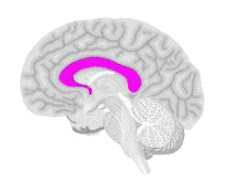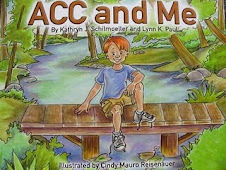
America the Beautiful - National Parks
and Federal Recreational Lands Pass-
Access Pass-Free.
What is it?
This pass allows a US citizen who
has a permanent disability to get in
to National Parks in the United
States for free!

~photo of Crater Lake in Oregon
by Malgorzata Kopczynska who resides in Poland.
You can read more about the free
America the Beautiful Access Pass
below:
“This is a lifetime pass for U.S. citizens
or permanent residents with permanent
disabilities. Documentation is required to
obtain the pass. Acceptable documentation
includes: statement by a licensed physician;
document issued by a Federal agency such as
the Veteran’s Administration, Social Security
Disability Income or Supplemental Security
Income; or document issued by a State agency
such as a vocational rehabilitation agency.
The pass provides access to, and use of,
Federal recreation sites that charge an
Entrance or Standard Amenity. The pass
admits the pass holder and passengers in a
non-commercial vehicle at per vehicle fee
areas and pass holder + 3 adults, not to
exceed 4 adults, at per person fee areas
(children under 16 are admitted free).
The pass can only be obtained in person
at the park. The Access Pass provides
a 50 percent discount on some Expanded
Amenity Fees charged for facilities and
services such as camping, swimming, boat
launching, and specialized interpretive
services. In some cases where Expanded
Amenity Fees are charged, only the pass
holder will be given the 50 percent price
reduction. The pass is non-transferable
and generally does NOT cover or reduce
special recreation permit fees or fees
charged by concessionaires.”
National Park Service
The USGS website offers detailed information
about the National Parks Free-
Access Pass. Below is some pertinent
info quoted from their site:
"1. Who qualifies for the Access Pass?
The pass may be issued to U.S. citizens or
permanent residents that have been medically
determined to have a permanent disability
that severely limits one or more major life
activities. A permanent disability is a
permanent physical, mental, or sensory
impairment that substantially limits one or
more major life activities, such as caring
for oneself, performing manual tasks, walking,
seeing, hearing, speaking, breathing, learning,
and working.
2. If I am partially disabled do I qualify for
the Access Pass? The disability requirements
for the Access Pass are not based on percentage
of disability. To qualify for the Pass the
disability must be permanent and limit one or
more major life activities.
3. How do I prove I'm permanently disabled?
Some examples of acceptable documentation
include:
Statement by a licensed physician;
Document issued by Federal agency such
as the Veteran's Administration, Social
Security Disability Income, or
Supplemental Security Income;
Document issued by a State agency such
as a vocational rehabilitation agency."
"HOW TO OBTAIN AN ACCESS PASS
Where can I obtain an Access Pass?
1. An Access Pass can be obtained in person
from a participating Federal recreation site or
office."
Bureau of Land Management
Bureau of Reclamation
Fish & Wildlife Service
USDA Forest Service
National Park Service
This is a great incentive to get your family
together and spend time in our beautiful
National Parks.

Why not go get the America the Beautiful-
National Parks-Access Pass Free
and then...
Find a US National Park

Note: America the Beautiful free access pass replaces
the previously issued Golden Access passports.
The Golden Access passports are still valid and
honored for the lifetime of the owner.





































































